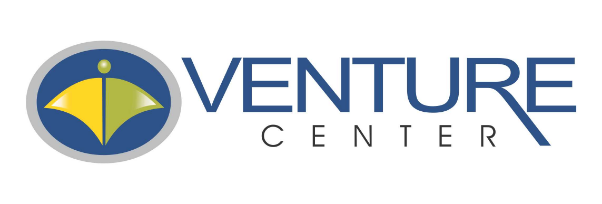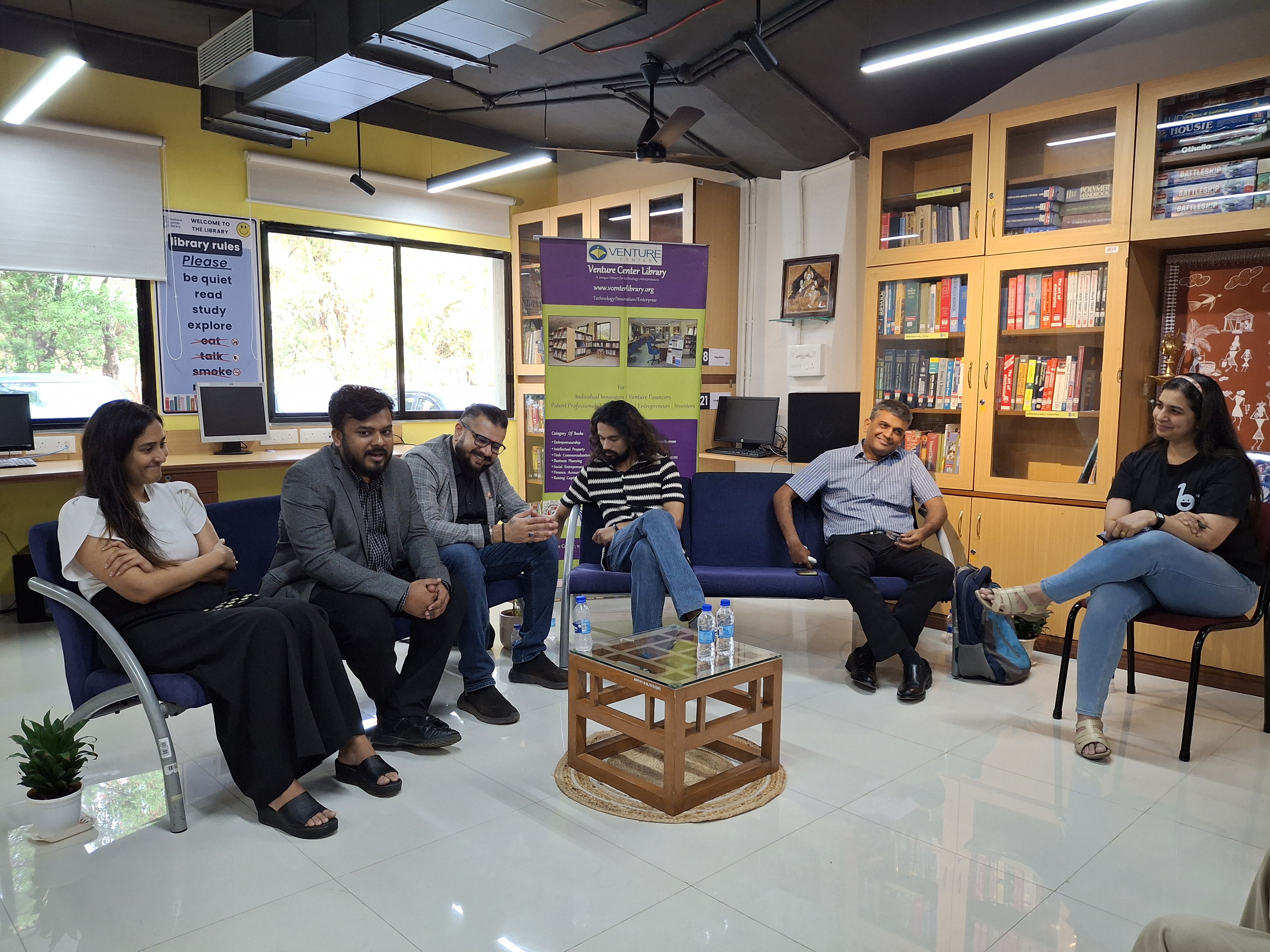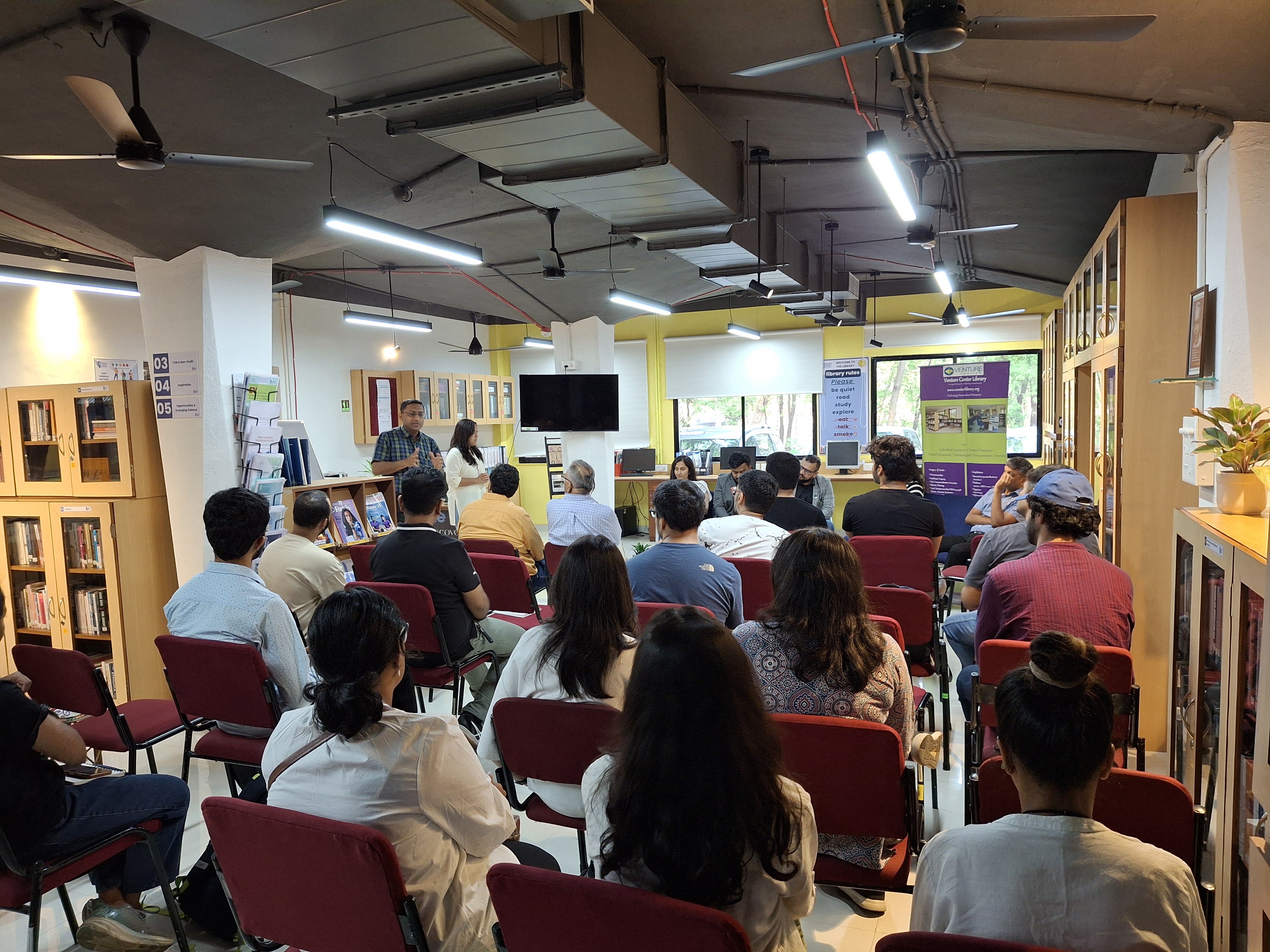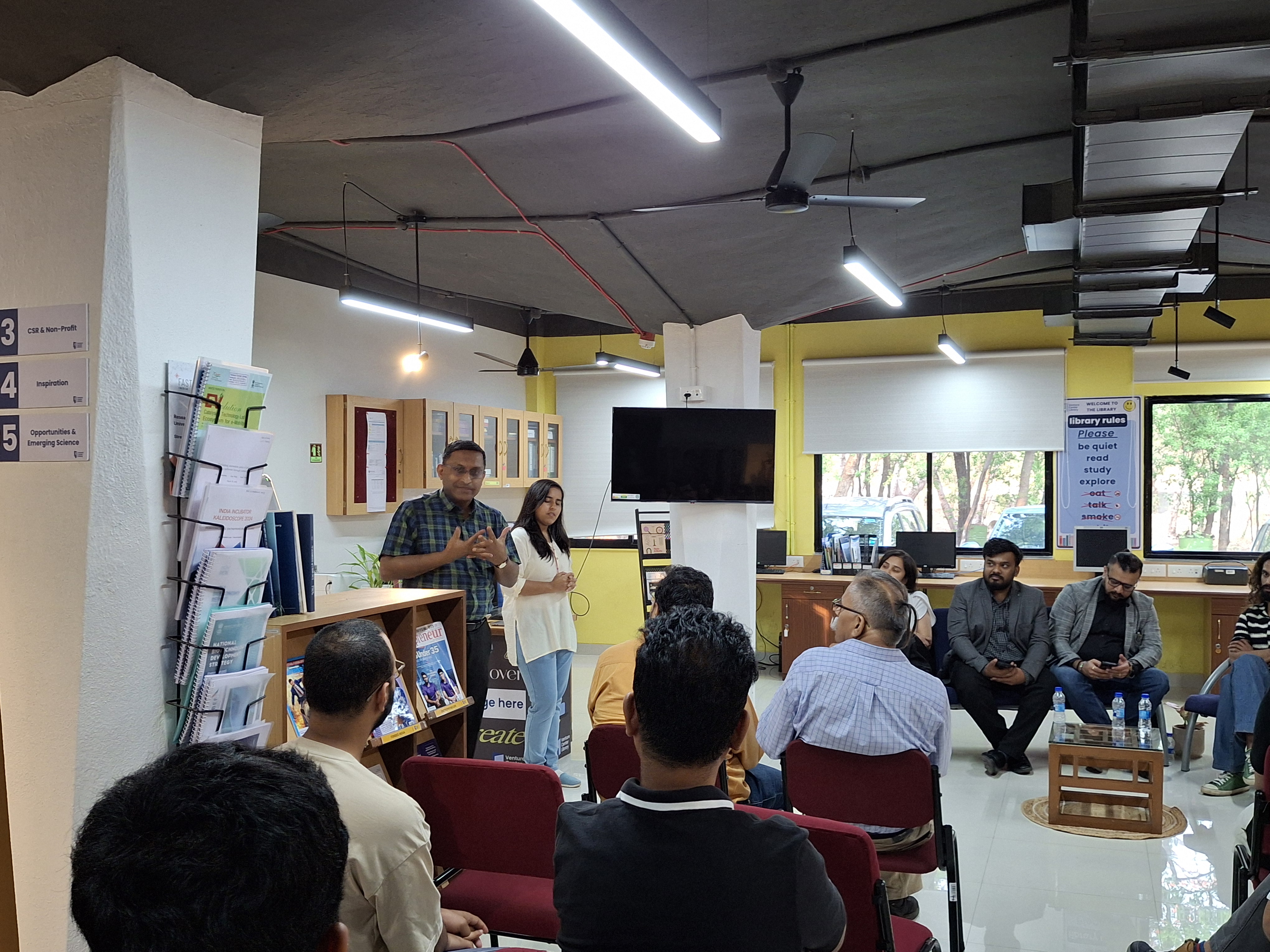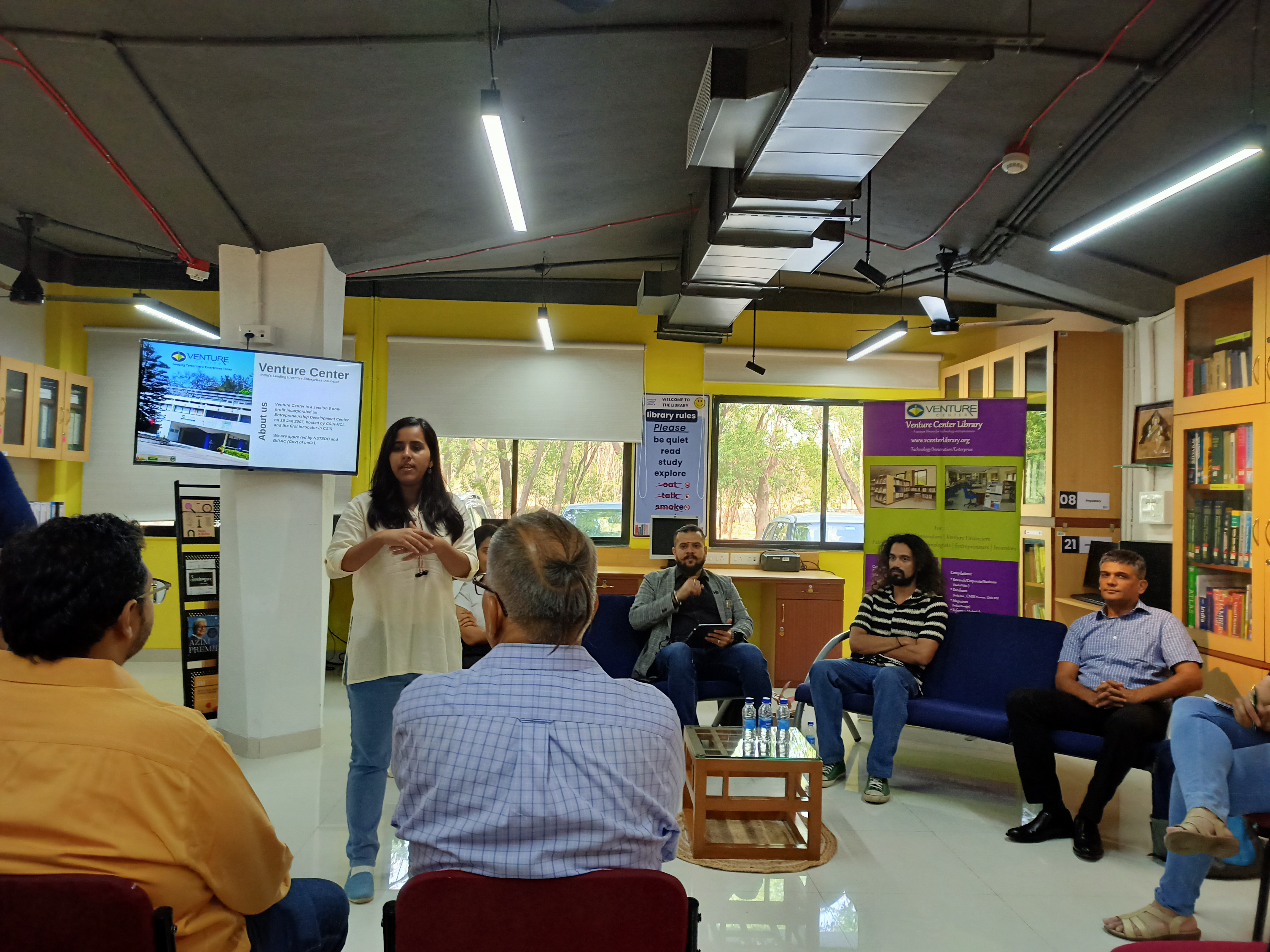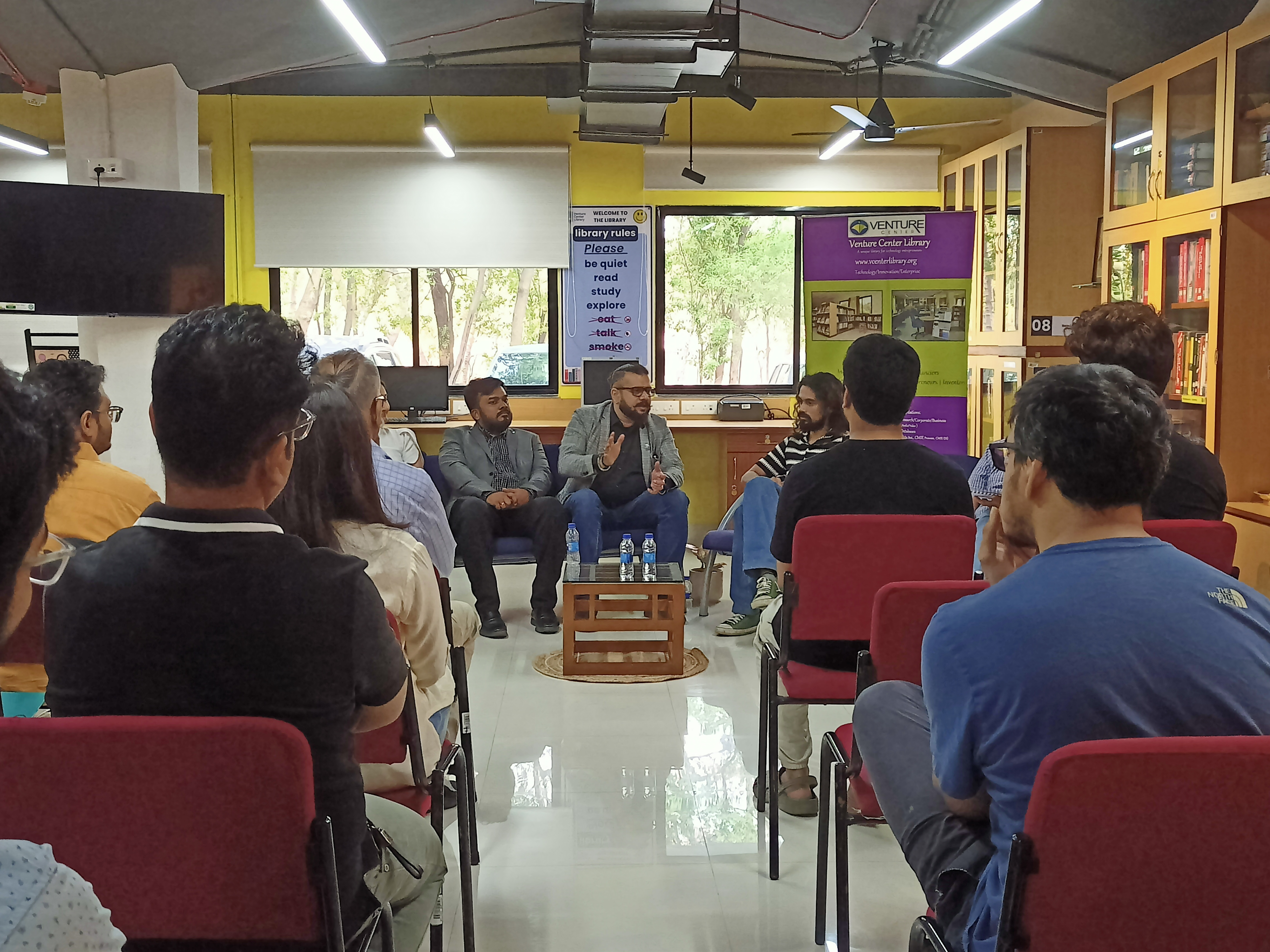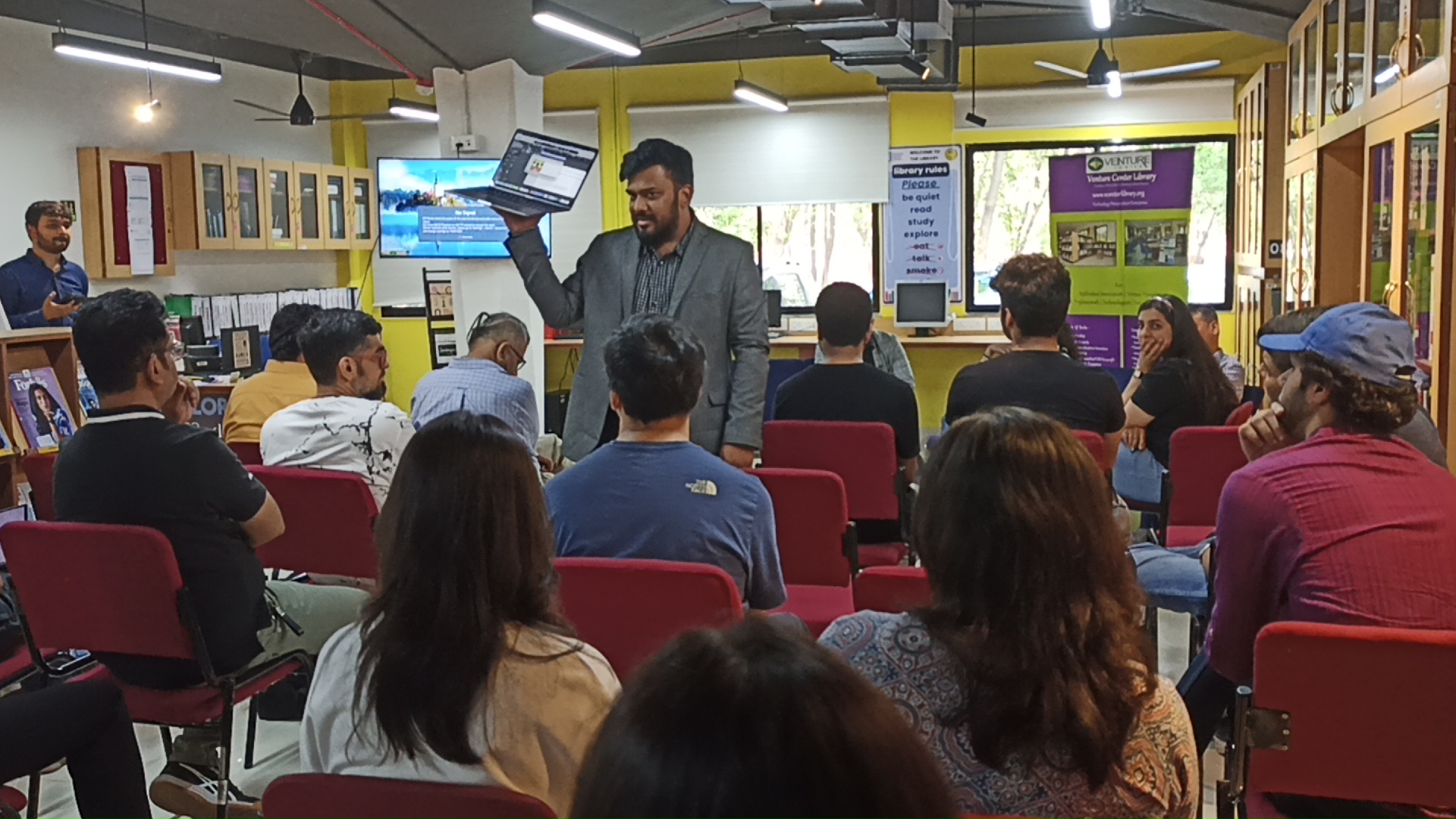When beats meet briefs and melodies meet law, the real symphony of protecting art begins.
Art evolves. So does the need to protect it.
On 26 April 2025, in celebration of World Intellectual Property Day, TechEx and Venture Center gathered a vibrant mix of artists, musicians, innovators, and legal experts to explore how intellectual property intersects with AI in the creative world. The question at the heart of the event: How can creators embrace AI without losing ownership of what they create?
Striking the Right Note: Why Intellectual Property Matters for Creators
AI tools are transforming the way music is composed, visuals are designed, and stories are told. For many artists, this brings excitement—and uncertainty. The session made one point clear: intellectual property is not a roadblock but a toolkit that allows creators to share, collaborate, and monetise their work while keeping it truly theirs.
Meet the Maestros Behind the Conversation
Adv. H. B. Keshava unpacked legal frameworks, showing creators clear ways to protect their work in a shifting digital landscape.
Aditi Limaye is a media and entertainment law professional who outlined practical copyright and licensing essentials for musicians and artists.
Rohit Patwardhan is a professional saxophonist and educator, who touched upon the realities independent creators face in protecting and sharing art.
Vivart Rangari is the co-founder of Choira, an AI-powered MusicTech startup, who offered insights on how digital tools and AI are shaping the future of music production.
Akarsh Singh is the drummer and backing vocalist for Nemophilis who discussed the implications of using generative AI in music and what it means for artists.
The session was moderated by Dr. Manasi Kulkarni-Khasnis, who ensured a clear and engaging conversation that blended artistic, legal, and technological perspectives.
Hitting the High Notes: Key Takeaways for Creators
The session encouraged artists to see licensing not as a limitation but as a bridge, allowing art to travel while staying rooted in its creator’s ownership. Participants reflected on how embracing AI in creative workflows can expand artistic practice without sacrificing authorship.
Protecting art is an act of valuing the creative journey, ensuring that as technology advances, the essence and ownership of art remain with its maker.
As the creative landscape continues to evolve, many artists are choosing to compose boldly, share purposefully, and build futures where their art is recognised, secure, and unmistakably theirs.
